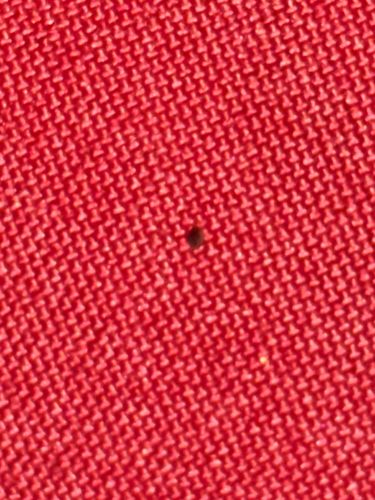Flea
Scientific Name: Siphonaptera (various species)
Order & Family: Siphonaptera, Pulicidae (e.g., Ctenocephalides felis (cat flea), Ctenocephalides canis (dog flea))
Size: 1.5 mm - 4 mm

Natural Habitat
Fleas live on their hosts and in the hosts' immediate environment. In homes, they are commonly found in carpets, upholstery, pet bedding, cracks in floors, and anywhere pet dander and flea dirt accumulate. Outdoors, they can be found in shaded, moist areas where hosts rest or spend time.
Diet & Feeding
Adult fleas are obligate hematophagous parasites, meaning they feed exclusively on the blood of warm-blooded animals (mammals and birds). They primarily feed on pets like dogs and cats, but can also bite humans and other animals.
Behavior Patterns
Fleas are excellent jumpers, capable of leaping great distances relative to their size. They are active year-round, but populations tend to peak in warmer months. Females lay eggs after a blood meal, which then fall off the host into the environment (carpets, bedding, pet sleeping areas). Larvae hatch from eggs and feed on organic debris, including adult flea feces (flea dirt). Pupae spin silk cocoons and can remain dormant for extended periods, emerging as adults when conditions are favorable (e.g., vibrations from a host).
Risks & Benefits
Potential risks include itchy bites, allergic reactions (flea allergy dermatitis in pets), and the transmission of diseases. Fleas are known vectors for pathogens such as tapeworms (Dipylidium caninum) and Rickettsia typhi (murine typhus). Historically, they were famously responsible for transmitting Yersinia pestis (plague). Benefits are negligible from a human perspective; in ecosystems, they serve as a food source for some predators, but their parasitic nature makes them primarily a pest.
Identified on: 9/1/2025